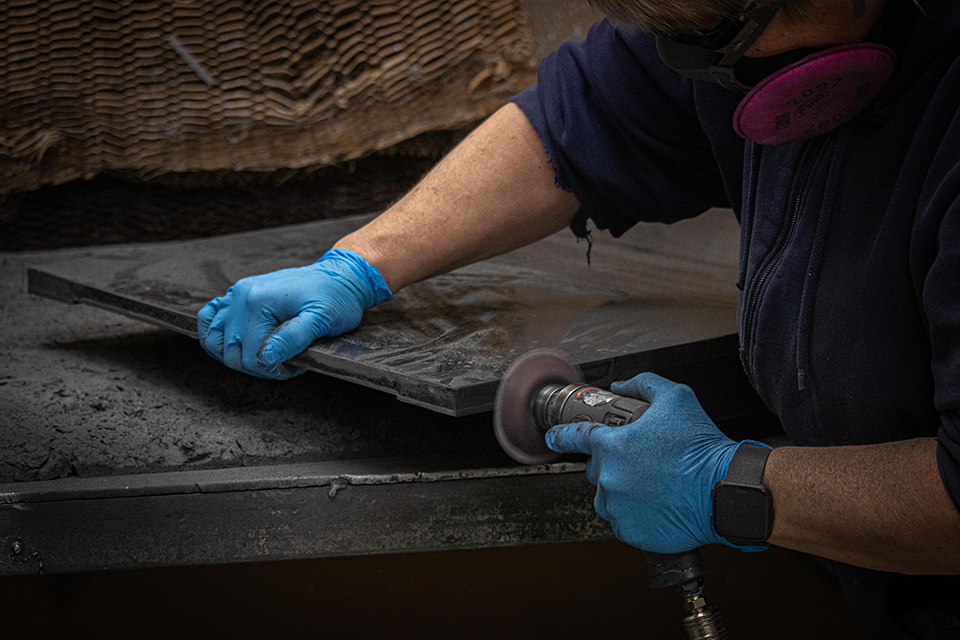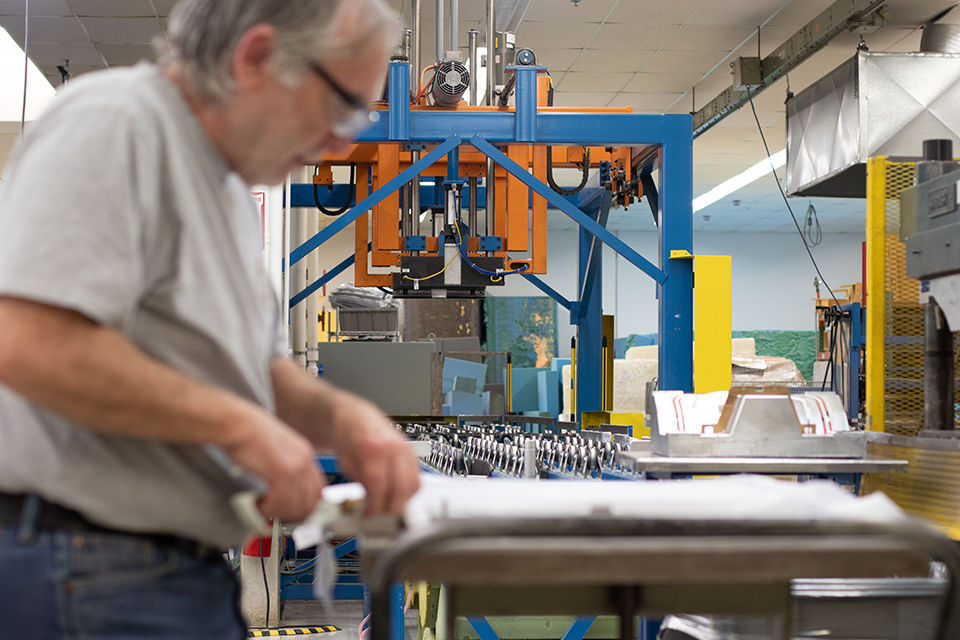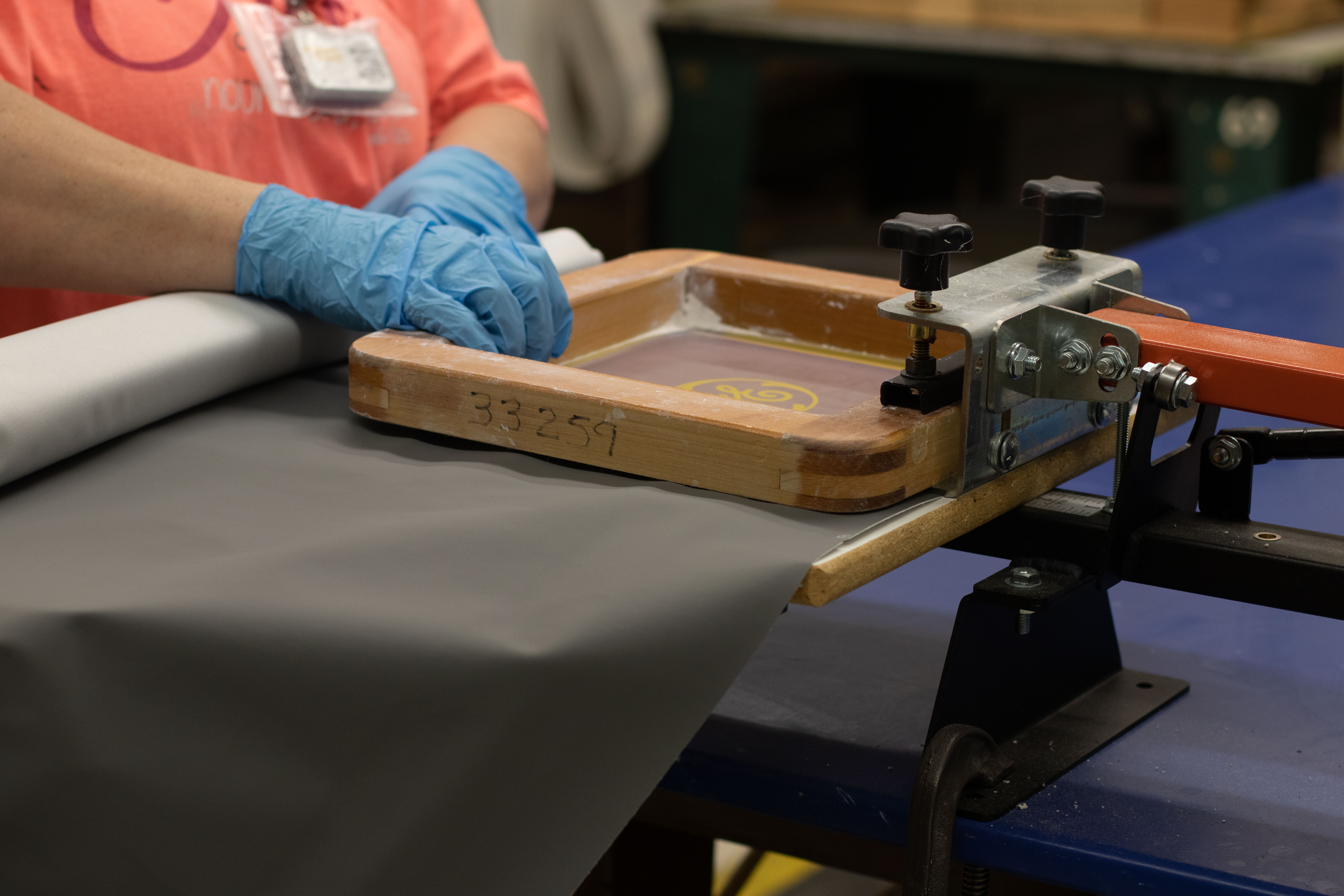4 Key Factors of Manufacturing Carbon Fiber Medical Devices
In the realm of medical device manufacturing, carbon fiber stands out for its remarkable properties—lightweight, high-strength, and radiolucent....
4 min read
Domico Med-Device February 28, 2024
As the landscape of medical procedures continues to evolve, medical device companies are adapting their strategies to meet the changing demands. This blog post explores how these companies are shifting their approaches to stay relevant in an increasingly competitive market, focusing on key trends and innovations that are shaping the future of medical technology.
The rise of ambulatory surgical centers (ASCs) has significantly impacted the landscape of various medical procedures, particularly in the field of orthopedics. ASCs offer a more convenient and cost-effective alternative to traditional hospital settings, attracting an increasing number of patients seeking outpatient care. The shift towards outpatient care has led medical device companies to adapt their strategies to cater specifically to the needs of ASCs.
One of the key advantages of ASCs is the reduced length of stay for patients. Unlike hospitals, where patients typically remain for several days, ASCs allow patients to undergo procedures and return home on the same day. This not only improves patient satisfaction but also helps in reducing overall healthcare costs. To address this shift, medical device companies are focusing on developing devices that are tailored for the ASC environment. These devices are designed to be more efficient and effective in a setting where quick turnaround and high patient throughput are essential.
Another significant factor driving the rise of ASCs is the increasing emphasis on value-based care. As healthcare reimbursement models shift from volume-based to value-based systems, ASCs have become an attractive option for both patients and healthcare providers. Value-based care rewards quality outcomes rather than the sheer number of procedures performed. Consequently, medical device companies are aligning their strategies with this trend, investing in innovations that improve patient outcomes while reducing the overall cost of care in ASC settings.
 Innovative Solutions for ASC Settings
Innovative Solutions for ASC SettingsIn response to the growing popularity of ASCs, medical device companies are developing innovative solutions designed to meet the specific needs of these facilities. For instance, some companies are transforming traditional catheterization laboratories (cath labs) into versatile hybrid spaces that can accommodate a range of medical specialties. One notable example is Domico Med-Device, which offers a cutting-edge accessory that can convert a standard cardiac table in a cath lab into a platform suitable for neurosurgery or a bariatric extension table for cardiac procedures. This versatility enhances the utility of medical equipment and supports the diverse needs of ASCs.
By creating adaptable and multifunctional devices, companies are enabling ASCs to offer a broader range of services, thereby increasing their operational efficiency and patient satisfaction. This approach not only maximizes the use of existing equipment but also allows ASCs to adapt quickly to changing patient demands and procedural requirements.
Advancements in technology have also played a pivotal role in shaping the strategies of medical device companies. The introduction of minimally invasive techniques and robotic-assisted surgeries has revolutionized the field of orthopedics and other specialties. These advanced surgical techniques require specialized equipment that can enhance precision and effectiveness while minimizing patient trauma.
Medical device companies are investing heavily in research and development to create devices that support these cutting-edge surgical techniques. This includes developing instruments that are compatible with robotic systems, improving imaging technologies, and enhancing the functionality of minimally invasive tools. By staying at the forefront of technological innovation, companies are meeting the evolving needs of orthopedic surgeons and patients, thereby driving progress in the medical field.
Technological integration is another critical aspect of how medical device companies are adapting their strategies. Many companies are collaborating with technology partners to integrate their devices with advanced imaging systems and other medical technologies. This collaboration ensures that their products are compatible with the latest technological advancements and can provide comprehensive solutions to healthcare providers.
For example, Domico Med-Device has collaborated with Canon to develop Aquilion CT accessories that are designed with both patients and caregivers in mind. These accessories facilitate easier patient transfer while addressing positioning needs effectively. Such collaborations enable the development of tailored solutions that enhance imaging quality and improve overall workflow in clinical settings.
 Collaboration with Healthcare Providers
Collaboration with Healthcare ProvidersCollaboration with healthcare providers is another key strategy adopted by medical device companies to adapt to the changing landscape of medical procedures. By working closely with surgeons, clinicians, and other healthcare professionals, these companies gain valuable insights into the challenges and opportunities within different medical settings, including ASCs.
Medical device companies are engaging in partnerships with ASCs to conduct clinical trials, gather real-world data, and refine their products based on practical feedback. This collaborative approach helps companies to better understand the specific needs of healthcare providers and to develop solutions that address those needs effectively. Additionally, these partnerships can lead to the creation of innovative products that improve patient care and enhance clinical outcomes.
Collecting real-world data through clinical trials and partnerships allows medical device companies to validate the effectiveness and safety of their products in actual clinical environments. This data is crucial for making informed decisions about product improvements and for demonstrating the value of new technologies to healthcare providers and regulatory bodies. By incorporating feedback from clinical trials and real-world use, companies can refine their products and ensure they meet the highest standards of performance and reliability.
Despite the advancements and innovations, navigating regulatory challenges remains a significant hurdle for medical device companies. The regulatory landscape for medical devices is complex and continuously evolving, requiring companies to stay informed about the latest regulations and standards. Compliance with these regulations is essential for bringing new products to market and ensuring their safety and efficacy.
Medical device companies are investing in regulatory expertise and resources to address these challenges effectively. This includes collaborating with regulatory authorities, participating in industry associations, and engaging in proactive communication with regulatory bodies. By staying up-to-date with regulatory changes and streamlining the approval process, companies can accelerate the adoption of their innovative devices and improve patient care.
Balancing regulatory compliance with innovation is a critical aspect of how medical device companies are adapting their strategies. Companies must ensure that their products meet regulatory requirements while also pushing the boundaries of technology and innovation. This involves conducting rigorous testing, providing detailed documentation, and demonstrating the clinical benefits of their devices. By successfully navigating regulatory challenges, companies can bring new technologies to market more quickly and effectively address the needs of healthcare providers and patients.
The medical device industry is undergoing significant transformations as companies adapt to the evolving landscape of medical procedures and patient care. The rise of ambulatory surgical centers, advancements in technology, collaboration with healthcare providers, and navigating regulatory challenges are all key factors influencing how medical device companies shift their strategies. By embracing these changes and focusing on innovation, companies can stay competitive in a rapidly evolving market and continue to improve patient outcomes and care.
As the industry moves forward, medical device companies will need to remain agile and responsive to emerging trends and challenges. By leveraging technological advancements, fostering collaborations, and addressing regulatory hurdles, these companies can drive progress in the medical field and contribute to the ongoing evolution of healthcare.

In the realm of medical device manufacturing, carbon fiber stands out for its remarkable properties—lightweight, high-strength, and radiolucent....

The healthcare and medical device industries are undergoing a significant shift, driven by advancements in medical technology, an aging population,...

Printing and marking on medical devices is a critical aspect of the manufacturing process. High-precision medical device printing ensures that...